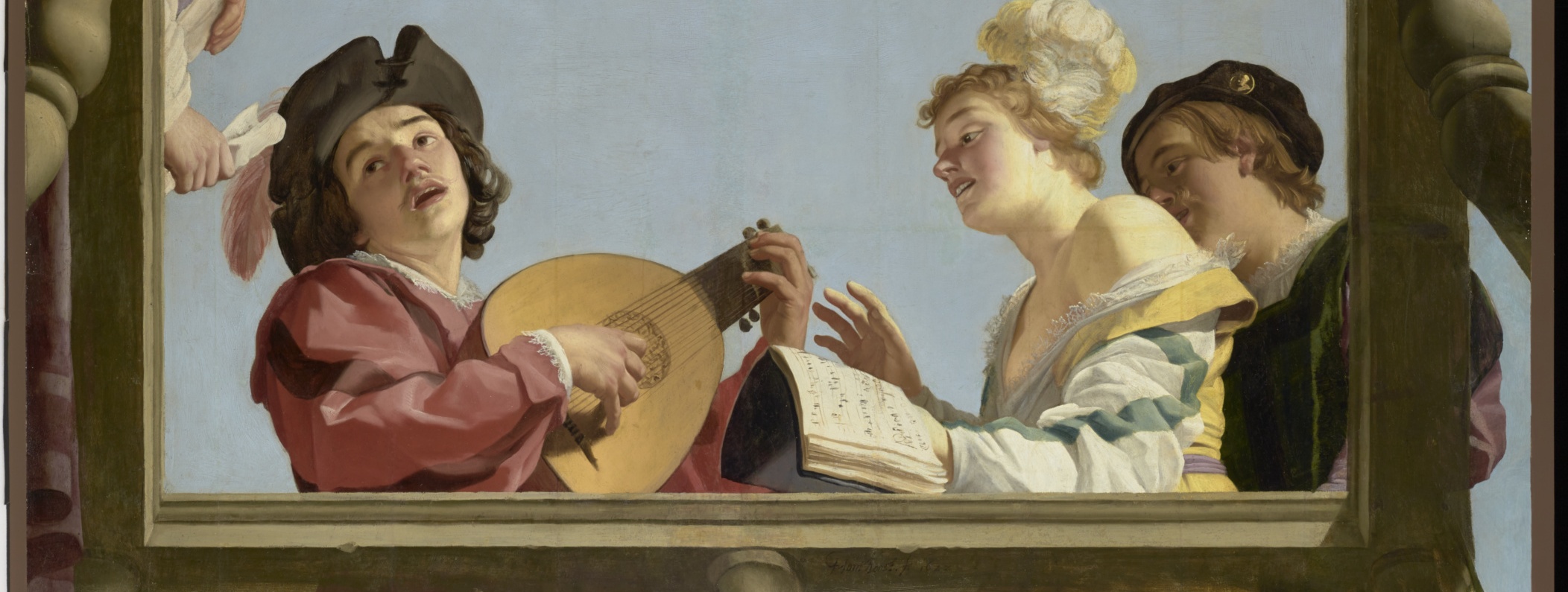 The estampie was an internationally popular musical form of the late middle ages. Eight beautiful French estampies from circa 1300 are written in the Manuscrit du Roi, seven of which are complete. The first estampie is a fragment, due to the top half of the page being torn to remove illuminated letters, seen on the right.
The estampie was an internationally popular musical form of the late middle ages. Eight beautiful French estampies from circa 1300 are written in the Manuscrit du Roi, seven of which are complete. The first estampie is a fragment, due to the top half of the page being torn to remove illuminated letters, seen on the right.
After examining what we know about the estampie and the particular characteristics of French estampies, this article searches for historical principles upon which the fragment of La prime Estampie Royal can be made whole again.
The article begins with a video performance of the finished piece played on gittern, then explains the process of historically-informed construction, and ends with the completed music in modern notation.


